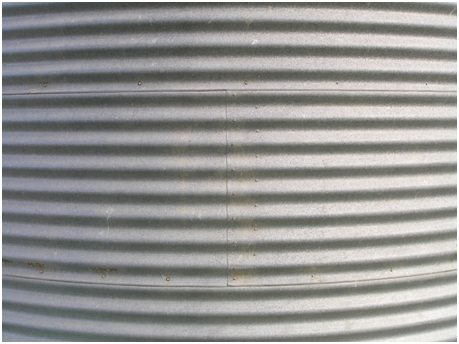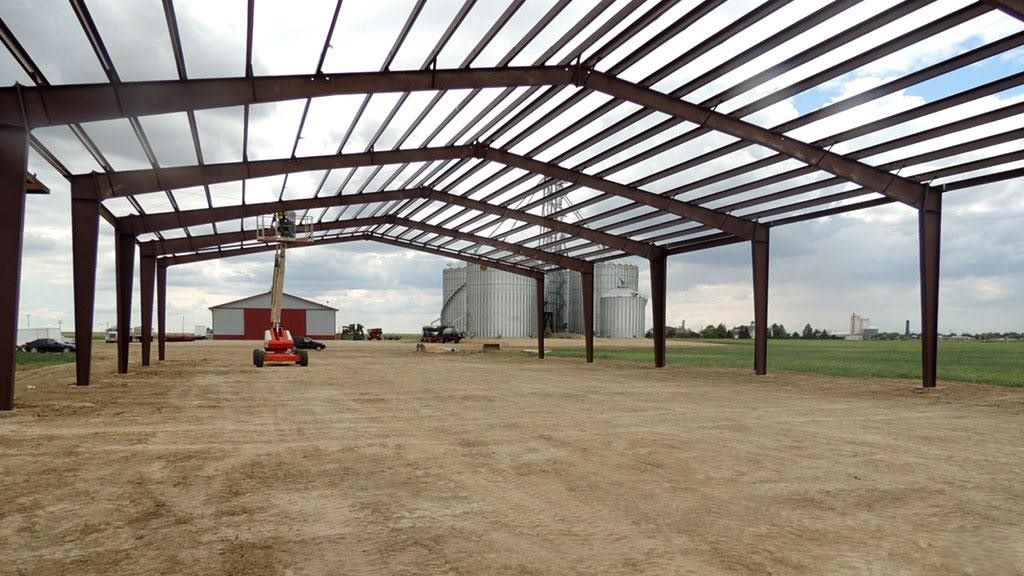Fire and explosion hazards pose significant risks in industrial environments, especially where flammable gases are present. These hazards not only threaten worker safety but can also lead to devastating financial losses, environmental damage, and disruptions in operations. The nature of industrial processes—often involving high temperatures, volatile substances, and intricate machinery—creates a perfect storm for potential incidents if not carefully managed.
Flammable gases such as methane, hydrogen, propane, and acetylene are commonly used across industries like chemical manufacturing, oil and gas, pharmaceuticals, and food processing. While essential for various applications, their volatile nature requires strict safety protocols. A single spark, improper handling, or equipment failure can result in catastrophic consequences, including explosions, fires, or toxic releases.
The primary factors contributing to fire and explosion hazards include the presence of ignition sources, the accumulation of flammable vapors, and inadequate ventilation. These risks are amplified in confined spaces or areas with insufficient monitoring systems. Employers must prioritize rigorous risk assessments, implement robust containment and detection systems, and ensure employees are well-trained in emergency response procedures.
Understanding the unique properties of flammable gases and the conditions under which they ignite is critical for mitigating these dangers. Through proactive measures, industries can reduce the likelihood of accidents, safeguarding lives and maintaining operational integrity. Effective management of fire and explosion hazards not only fulfills regulatory requirements but also reinforces a commitment to workplace safety and sustainability.
Infographic provided by https://www.rcsystemsco.com



